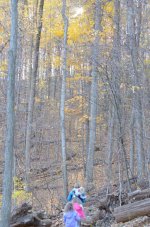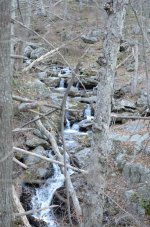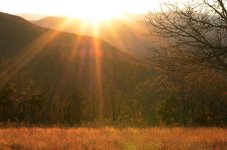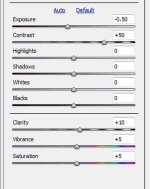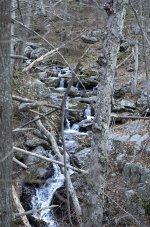I took my D7000 and 50mm f/1.8 lens out for a hike in the Shenandoah National Park over the weekend and most of the pics that I took are washed out and seem over-exposed to me. I had to fix most of them in post. I mostly shot in aperture mode and let the camera calculate the shutter speed for a correct exposure. I was generally not using flash. Most pictures were shot with a large aperture.
Here are some example images and their EXIF data...I consider 6897 to be a good picture, but the rest seem to be overexposed and dull to me. Any ideas what I did wrong?
Thanks for the help in advance.
Just for fun, here is my favorite picture from the day:
Here are some example images and their EXIF data...I consider 6897 to be a good picture, but the rest seem to be overexposed and dull to me. Any ideas what I did wrong?
Thanks for the help in advance.
Just for fun, here is my favorite picture from the day:



